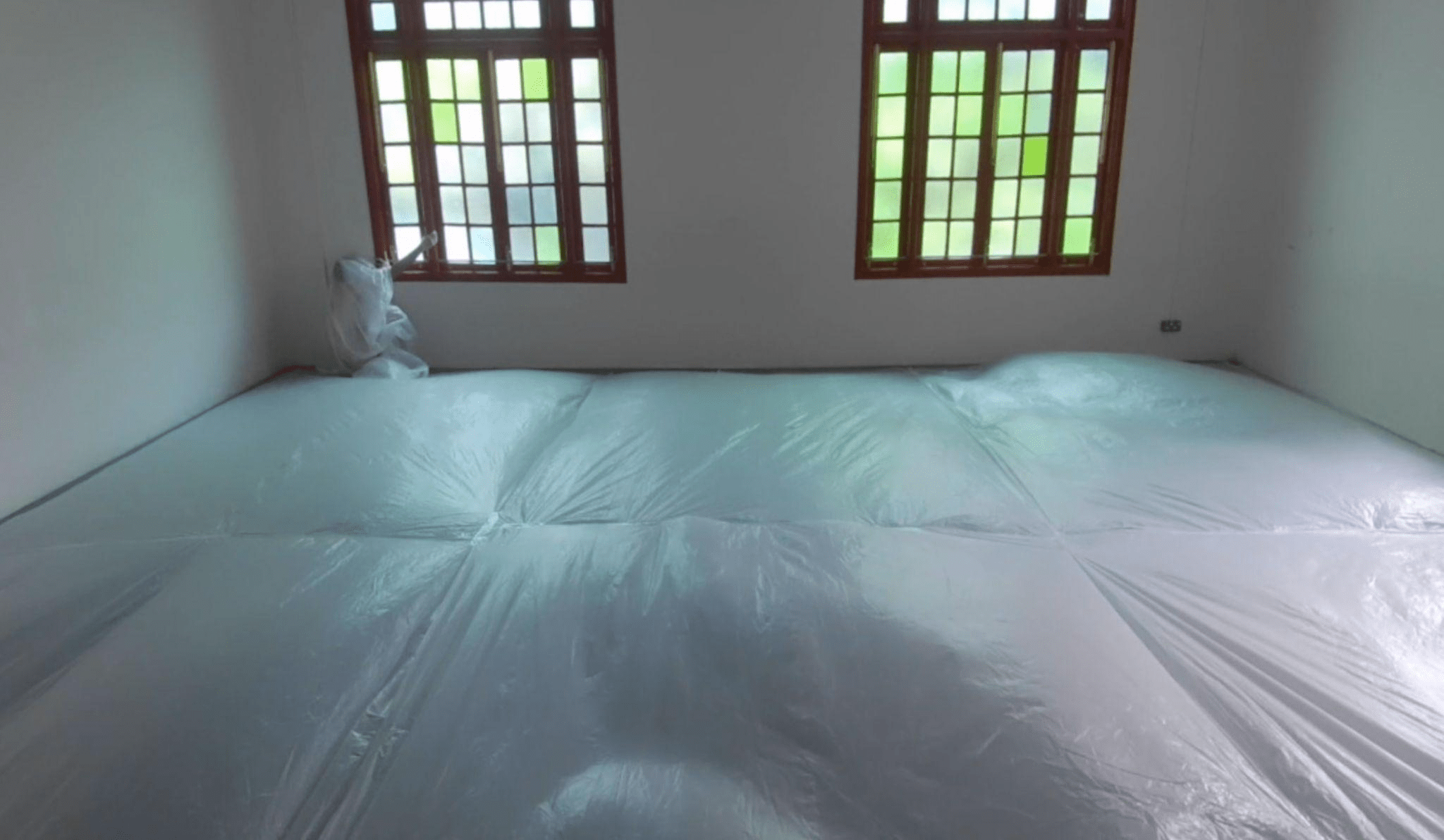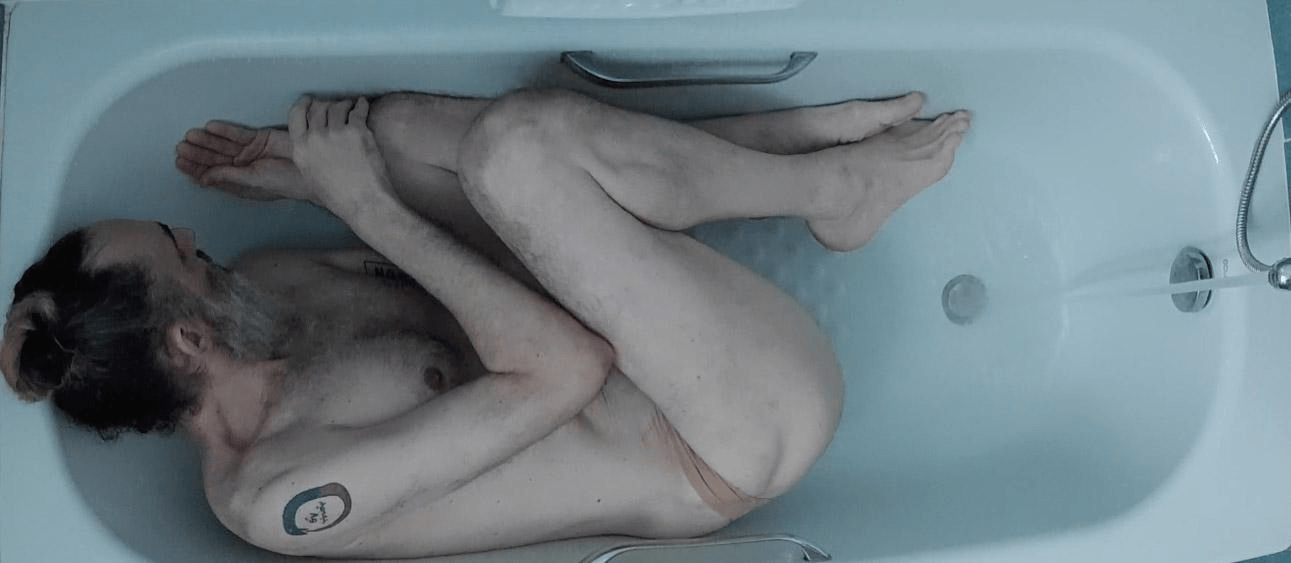Skins: an experiment with ‘Ma’ (間), temporal inbetweens, and Hijikata’s ankoku butō
1 – Skins: an Introduction
A body is contained within a plastic and paper skin, that is contained within four walls of a room, that is contained within a building, in a city, a country, a continent, on tectonic plates, on the planet, in the galaxy. Magnifications and amplification across the perceptual field are characteristic of this performance: in the womb of plastic, paper, water, human skin and concrete, time and space collide in syncretistic dedifferentiation. The work is divided into four experiments: touch is the common denominator.
In the first part, the body is enveloped in plastic skin; in the second, in human skin alone; in the third, paper skin; in the fourth, the body is submerged in water.
Three out of four of these experiments have been conducted in a dance studio through a process of six months’ physical training and three months’ rehearsals: the dance studio is also the venue for the final performance.
The studio space is broadly eight metres by eight metres in size. The floor is covered with a light grey vinyl Marley dance flooring: two walls are fitted with four large windows, two per wall. The walls are painted white while the window frame is red. The light coming from outside feels warm, thanks to coloured stained glass window panes. The ceiling is about six metres in height: two large air con units hang from the ceiling to cool the space, while six suspended lights provide a cold and clinical light, after seven in the evening – sundown, when light must be switched on. The two remaining walls are arranged as follows: one completely empty and the other, provided with a set of long white block seats that can accommodate up to about 20 audience members.
The water skin experiment was conducted in my personal residence, using the bathtub. The environment here has a different relevance since the work has been designed to be videoed as close up as possible.
In these experiments, I am explicitly connecting my own work to Hijikata’s ankoku butō method of body transformation. In butō the human body is emptied of its original content: it is the Artaudian body without organs, and its Deleuzian reiteration: a body without a will of its own, a puppet, a vessel hosting an alien body: The Body as a Vessel, per the title of Mikami Kayo’s book on ankoku butō and Hijikata Tatsumi. Butō asks the performer to renounce his own body, to develop sensitivity to a multitude of potential beings: animals, insects, objects, surfaces. As theatre director Suzuki Tadashi suggests, Hjikata’s work reveals a ‘consciousness of time and space, similar to that of kabuki and nō’ theatre, which emerges ‘from an acute awareness of the flesh’ (Tadashi in Kayo, p. 28).


Figure 1, 2 – the studio and the bathtub –